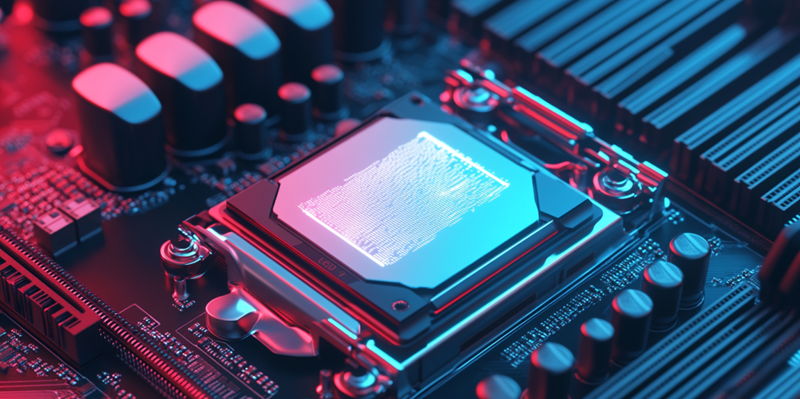Intel, a frontrunner in the semiconductor industry, faces significant challenges due to delays in receiving $8.5 billion worth of funding it was promised by the CHIPS and Science Act. This legislative measure, aimed at boosting U.S. silicon production, was passed by Congress in mid-2022. Despite this, Intel’s CEO, Pat Gelsinger, recently voiced his frustration over the lack of financial support during an interview with Yahoo Finance’s Brian Sozzi. Even though it’s been over two years since the act’s approval and despite Intel investing a staggering $30 billion in U.S. manufacturing so far, the company has yet to receive any of the CHIPS grants.
The CHIPS and Science Act originally designated $52 billion to bolster the production of semiconductors in the U.S., with Intel expected to be a significant beneficiary of this budget. However, the continuous delays have created an uncertain timeline, raising concerns about the long-term impact on Intel’s manufacturing capabilities and overall industry growth. Intel’s ambitious Ohio fab project is a notable example, representing a substantial infrastructure endeavor that the company has pursued in spite of ongoing logistical problems. The anticipated federal funds and tax breaks are pivotal for Intel’s financial stability and broader operational success. Gelsinger underscored the act’s importance, calling it a pivotal piece of industrial policy legislation critical for future growth.
Ohio Fab Project and Workforce Adjustments
Intel’s commitment to its U.S. manufacturing ambitions is evident through its considerable investments and large-scale projects like the Ohio fab. This project promises to be one of the company’s largest infrastructure undertakings, despite facing logistical challenges. The significance of the Ohio fab transcends the company’s immediate operational capabilities, having implications for the broader U.S. semiconductor landscape. Yet, Intel finds itself in a precarious position, having to navigate the complexities of such an enormous project without the anticipated federal support.
Additionally, Intel is in the process of laying off approximately 15,000 employees in an effort to streamline operations and manage costs more effectively. These layoffs highlight the financial pressures the company faces, exacerbated by the delay in receiving the CHIPS Act grants. Given the scale of the layoffs, the firm’s workforce adjustments are seen as a necessary, albeit painful, maneuver to ensure sustainability. The interplay between operational cutbacks and ambitious project investments paints a nuanced picture of Intel’s current strategy.
Future Outlook for Intel and U.S. Chip Manufacturing
Intel, a leader in the semiconductor industry, is grappling with substantial challenges due to delays in receiving $8.5 billion promised by the CHIPS and Science Act. This legislation, aimed at enhancing U.S. silicon production, was passed by Congress in mid-2022. Despite this, Intel’s CEO, Pat Gelsinger, recently expressed frustration over the missing financial support during an interview with Yahoo Finance’s Brian Sozzi. Although it’s been over two years since the act’s passage and Intel has invested $30 billion in U.S. manufacturing thus far, the company still hasn’t received any CHIPS grants.
The CHIPS and Science Act allocated $52 billion to stimulate U.S. semiconductor production, with Intel expected to receive a significant portion. The ongoing delays have created an uncertain timeline, causing concern about the long-term effects on Intel’s manufacturing capabilities and industry growth. The ambitious Ohio fab project exemplifies this, representing a major infrastructure endeavor pursued despite logistical setbacks. Federal funds and tax breaks are crucial for Intel’s financial stability and operational success. Gelsinger emphasized the act’s significance, labeling it critical for industrial policy and future growth.

